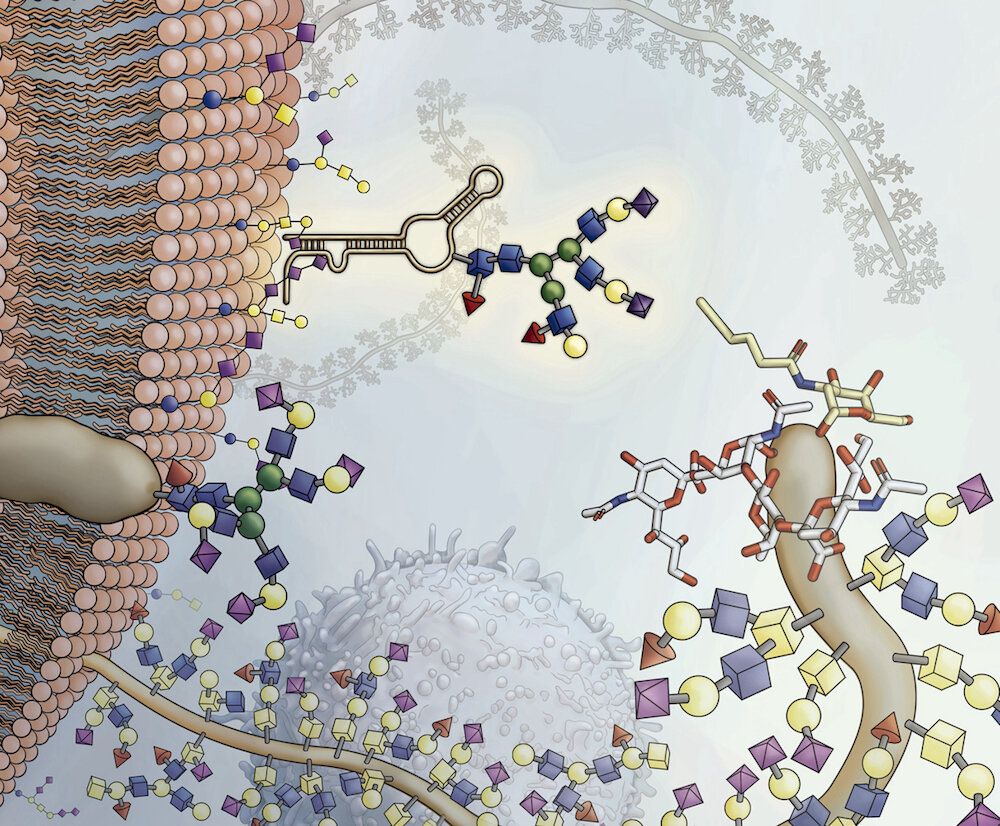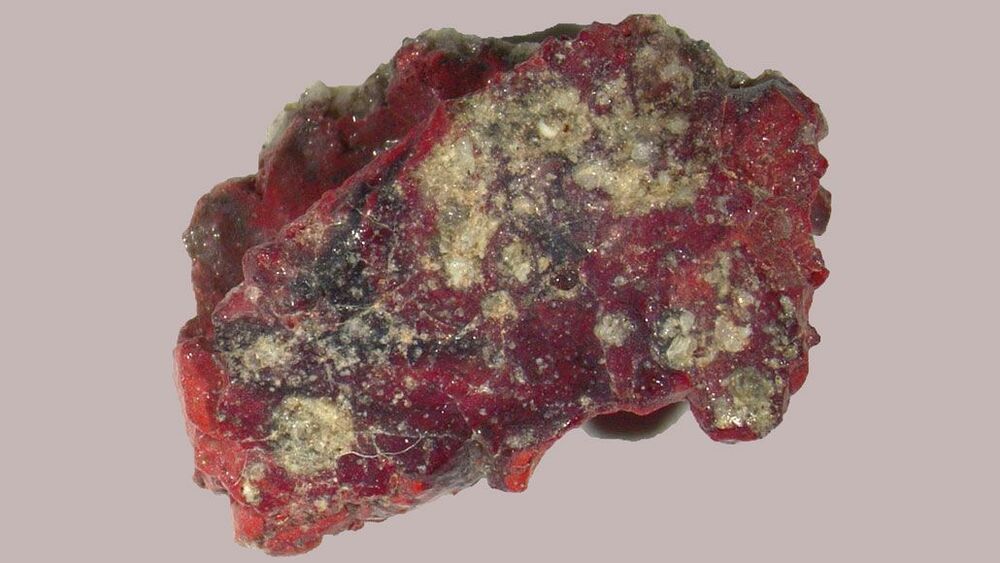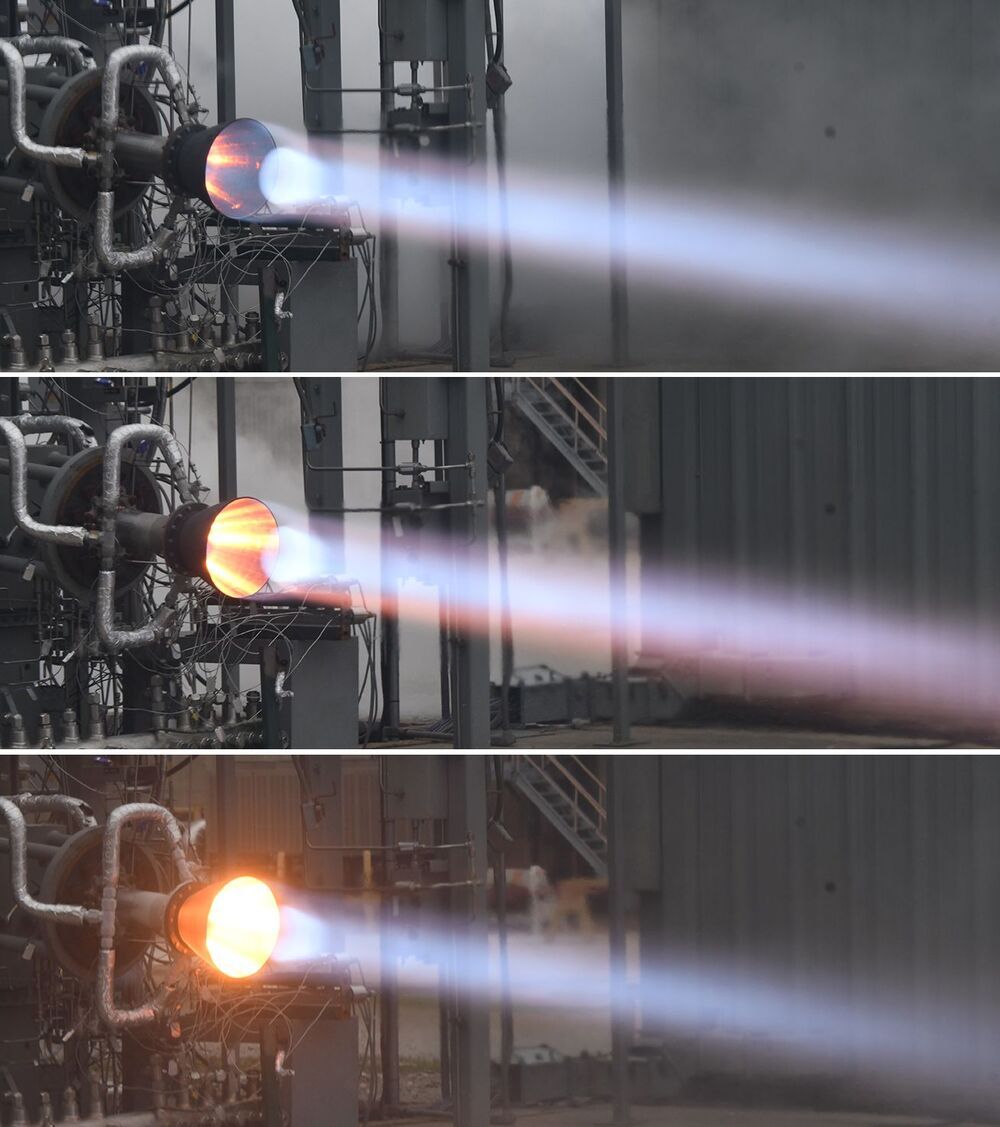Machine learning algorithms have gained fame for being able to ferret out relevant information from datasets with many features, such as tables with dozens of rows and images with millions of pixels. Thanks to advances in cloud computing, you can often run very large machine learning models without noticing how much computational power works behind the scenes.
But every new feature that you add to your problem adds to its complexity, making it harder to solve it with machine learning algorithms. Data scientists use dimensionality reduction, a set of techniques that remove excessive and irrelevant features from their machine learning models.
Dimensionality reduction slashes the costs of machine learning and sometimes makes it possible to solve complicated problems with simpler models.






